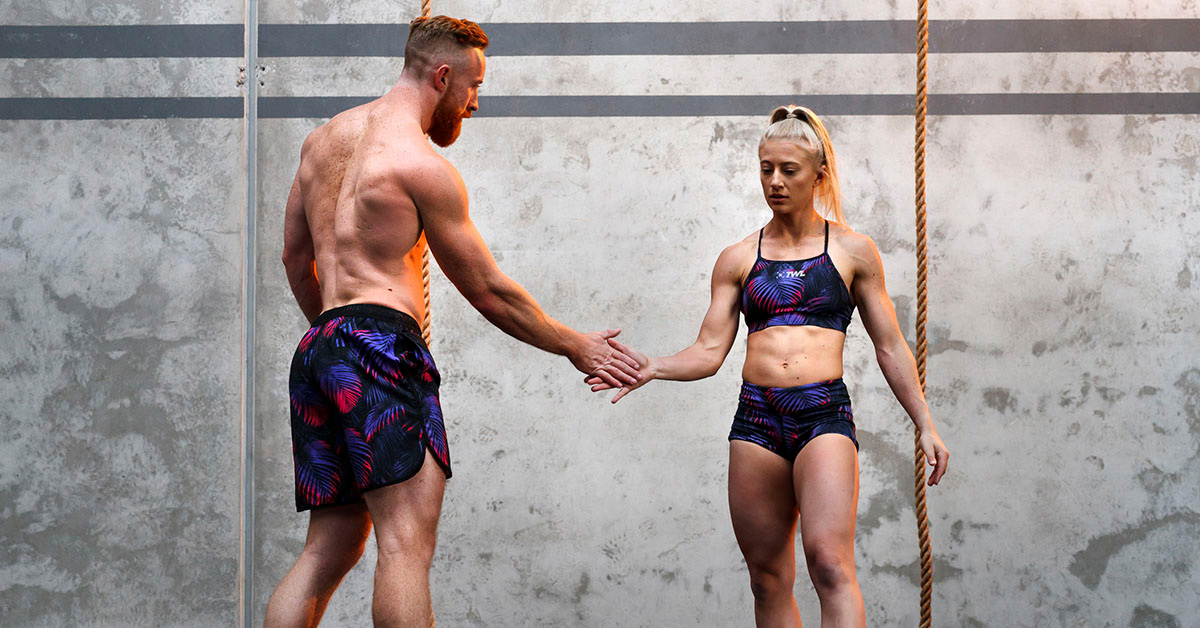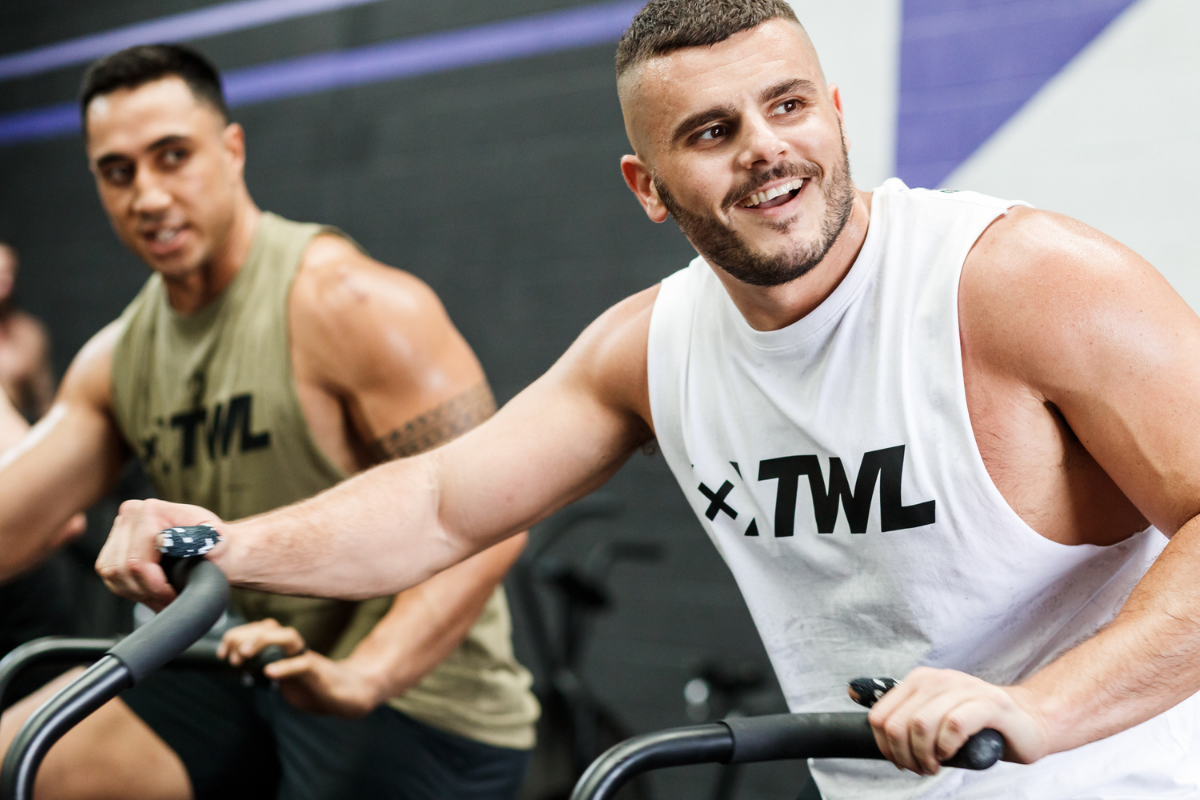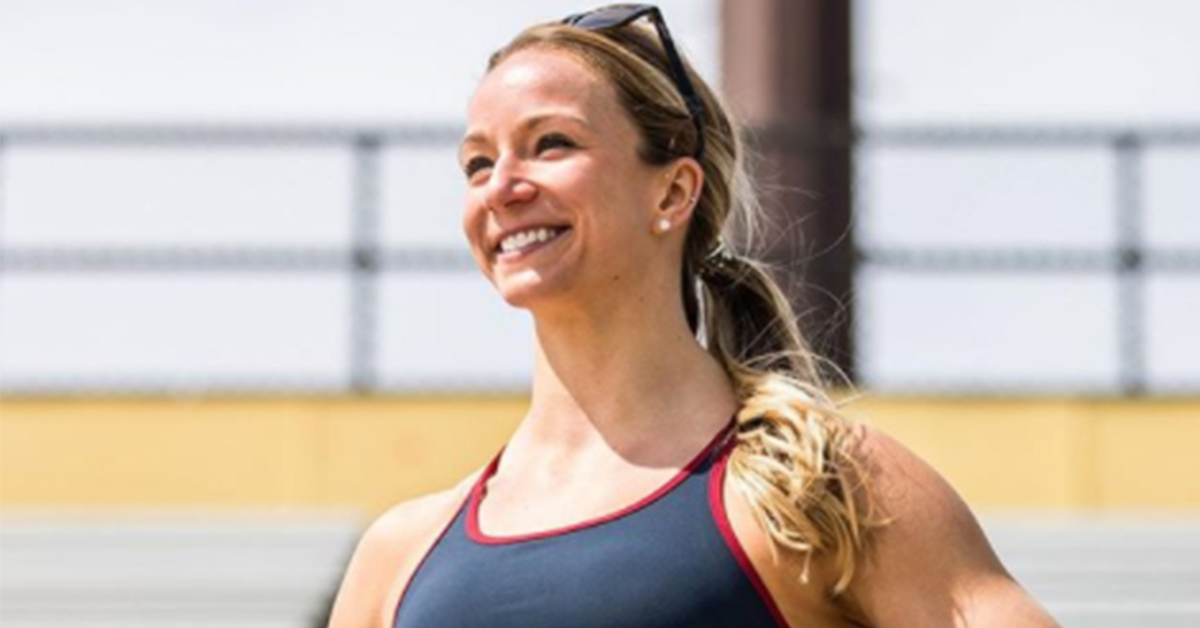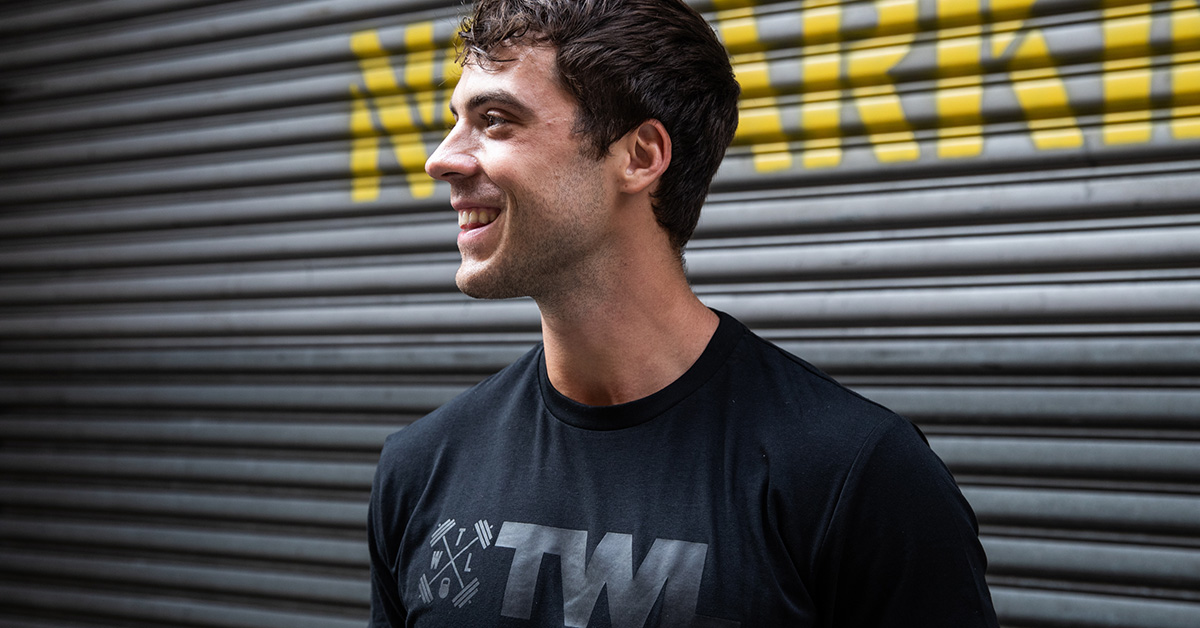So, you’ve finally mustered up the courage to get a CrossFit membership. You’re ready to get healthy, have fun, and meet some new people. Maybe you’ve been into fitness in the past, but take our word for it: CrossFit is unlike anything else you’ve tried. If it’s your first time heading to the box, here’s what you need to know.
10 Things to Know About CrossFit
1. CrossFit is Everything
“CrossFit is constantly varied functional movements performed at high intensity.”
That’s what the website says.
Translation: CrossFit is never boring.
The workout is different every day. You’ll be challenged to perform movements that translate into real life, and some — like handstand push-ups — that really don’t. You’ll develop strength, aerobic capacity, and endurance — and hopefully, you’ll have fun along the way.
2. You Don’t Have to Be in Shape
CrossFit is infinitely scalable. If you can’t do a handstand push-up (or even a regular push-up), your coach will offer scaled-down movements that will help you build up to those more difficult versions. Thus, if you’ve never even worked out, CrossFit is the perfect way to get into fitness.
3. Not All Gyms are Created Equal
Quality in CrossFit comes down to coaching. If the coaches aren’t what you need — if they don’t walk you through movements or take the time to identify the right scaling options for your ability — your experience will suffer. This isn’t CrossFit, in general. It’s the coaching.
Take the time to find a gym that takes coaching seriously and fits your needs. Don’t let convenience make your decision.
4. Warming Up Isn’t Optional
If you want to guarantee injury, skip the warm-up. Most CrossFit gyms walk athletes through a warm-up prior to starting the workout, and for a good reason. Even if you “feel warm already,” you’re probably not. Spend at least 10 minutes getting your blood moving before the WOD.
https://www.instagram.com/p/B1IyQWnHjmd/
5. CrossFit Has its Own Language
WOD: Workout of the Day
AMRAP: As Many Reps (or Rounds) As Possible. Example: A 7-minute AMRAP of 10 push-ups, 15 sit-ups, and 30 wall balls means you’d work for seven minutes to do as many rounds of push-ups, sit-ups, and wall balls as possible.
EMOM: Every Minute on the Minute. Example: 12-minute EMOM of 15 thrusters. At the top of each minute, perform 15 thrusters. Rest until the next minute. Do this 12 times.
RFT: Rounds for Time. Example: 5 RFT of 30 front squats, 20 push jerks, 25 toes-to-bar. Do 30 front squats, 20 push jerks, and 25 toes-to-bar. Repeat five times.
The Girls: Workouts like Fran, Angie, and Jackie.
Hero WOD: Excruciatingly hard workouts named after fallen soldiers.
Box: The proper term for a CrossFit gym.
Rx: Prescribed workout. What advanced and elite CrossFitters do. The rest of us scale down.
The Open: a.k.a. CrossFit Open or CrossFit Games Open. An annual five-week challenge (one workout per week) that anyone can participate in. The Open is the qualifier for the CrossFit Regionals, which are the qualifier for the CrossFit Games.
6. You Have to “Keep Score” for Your Workouts
For AMRAPs, your score is how many full rounds you completed, plus the number of reps you completed in the next round. If you completed four rounds and did five reps of the fifth round, your score would be: 4 + 5 (but not 9, which would mean 9 rounds).
For RFT, your score is the time it took you to complete the entire workout. 15 minutes and 12 seconds would be: 15:12.
https://www.instagram.com/p/B0jdC7-nzRm/
7. Scaling is Your Friend
No one goes Rx on their first CrossFit workout. When you’re getting started (and even after you’ve been CrossFitting for a while), you need to make proper form your top priority, so lower the weight — even if you have to go down to an empty barbell. Master the movements before adding to your load.
8. Chalk is Also Your Friend
Your hands are going to be gripping a lot of things: barbells, pull-up rigs, rowing machines, dumbbells, kettlebells. They’re going to get sweaty, and it’s likely they’ll start to tear. Use chalk to help maintain friction as your hands get tired and sweaty.
9. Rest Days, Active Recovery, and Self-Care are Key
When you’re just starting out, you can expect soreness just about everywhere. Your muscle imbalances will be really obvious, and you’ll find weaknesses you swore you didn’t have. It’s key to take time to recover — get plenty of sleep and make sure you’re eating what your body needs to rebuild itself. Think protein, potassium, iron, and calcium.
If you’re so sore you can barely move, try some active recovery to regain and improve mobility. It’s okay — actually, recommended — to take some days off. Just don’t stay away for too long, or you’ll be hurting your fitness gains.
10. You Have to Keep Showing Up
The first few weeks of CrossFit are the hardest, and you might feel like you’re so far behind, but we’re all on our own journeys. Your body’s getting used to a new form of conditioning. You’re figuring out how much sleep and fuel you need when you’re working out this way.
Push through.
If you don’t, you’ll never progress, because CrossFit isn’t a quick fix. Keep showing up, especially when workouts challenge your weaknesses. You’re getting stronger, faster, more fit. You’ve got this.

















